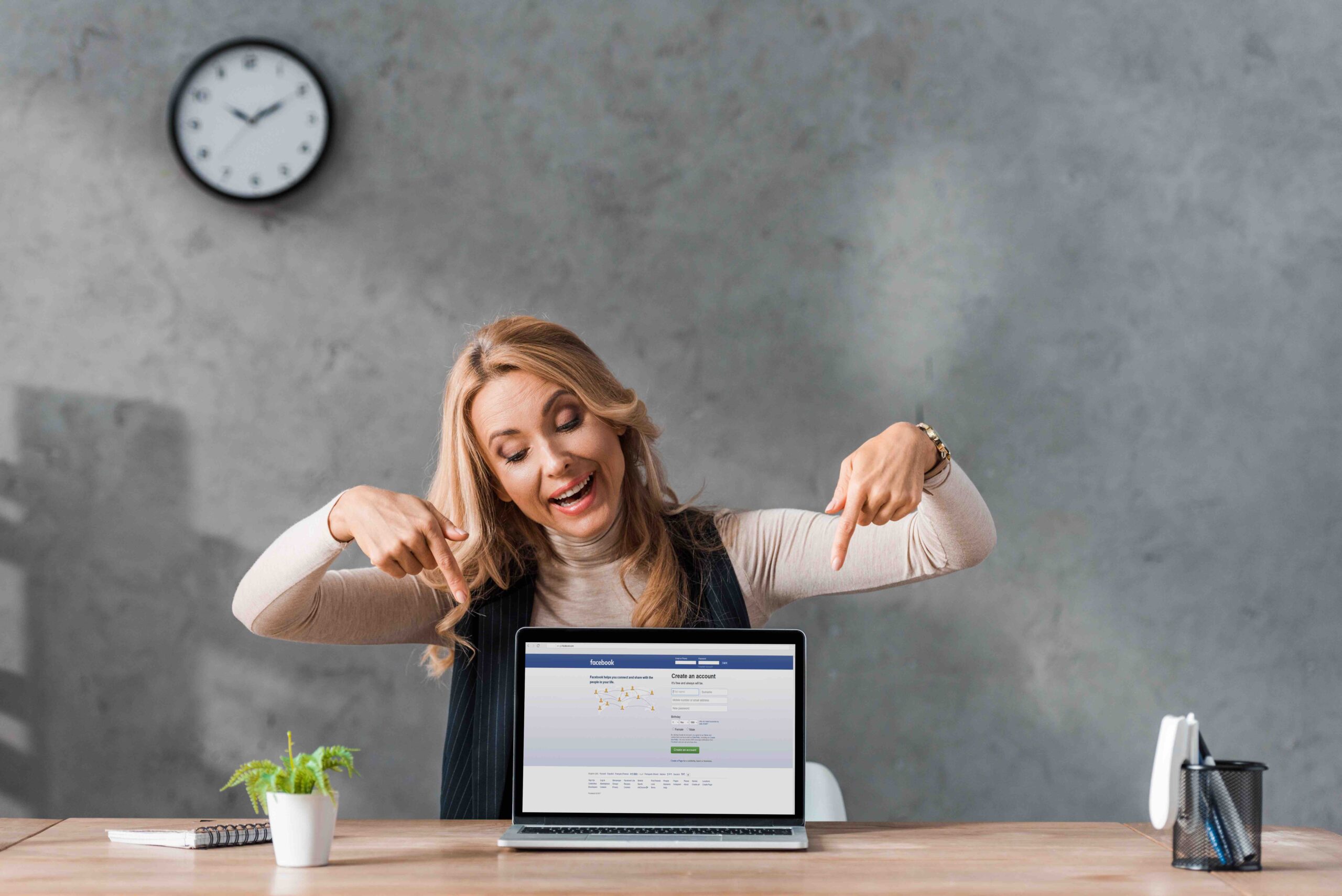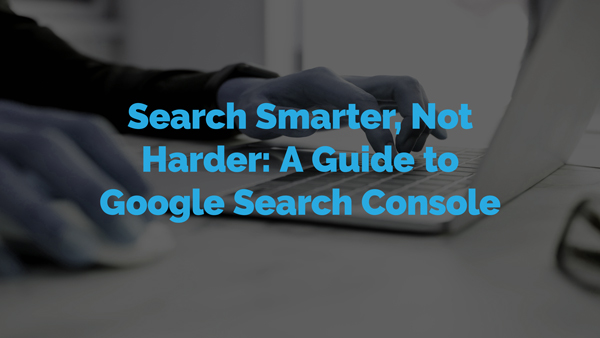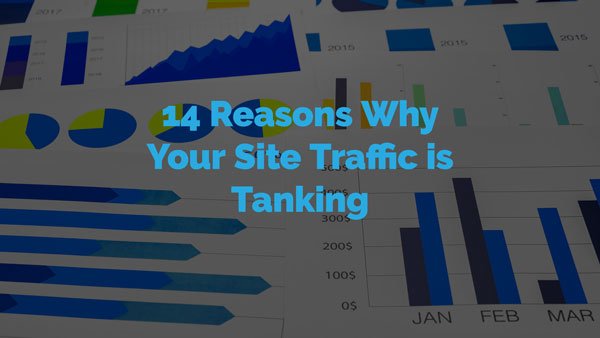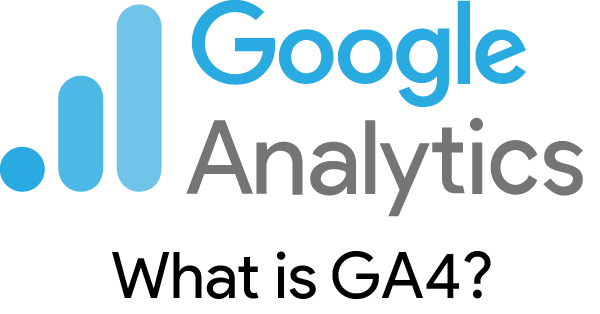Much of our content is catered to small businesses with an intermediate to advanced knowledge about advertising their business. However, when we talk to our clients about their advertising, we’re often asked “what does that mean?” or “can you explain X”.
So, we decided to help you out with some ads terminology – specifically in regards to Meta Ads.
This glossary contains commonly used, but important terms, so you won’t be left nodding in bemused confusion when looking at your ad reports.
Bookmark this page and use it when you aren’t sure about what something means!
Remember: Your SBIM team will manage the settings and parameters of your Meta Ads Campaigns according to your confidential discussion with your account manager!
A B C D E F G H I J K L M N O P Q R S T U V W X Y Z 1 2 3
2
- 2-Second Continuous Video Play
A 2-second continuous video play occurs when an individual watches a video for an uninterrupted duration of 2 seconds or more, typically with no less than 50% of the video in view.
3
- 3-Second Video Play
A 3-second video play back is logged when an individual watches a video for a duration of 3 seconds, or when they watch 97% of a video that has a duration of less than 3 seconds.
A
- Account Spending Limit
An Account Spending Limit is the lifetime limit on the amount your ad account can spend across all of the campaigns that you’re running. This is a limit set within the Payment Settings. You (or your SBIM team) can edit, remove, or reset your Account Spending Limit at any time. - Ad Account Creation Limit
Every Business Manager has an Ad Account Creation Limit. It usually starts at 1 and increases with time and developed history of running ads and paying your bills to Meta. You can find your limit on the Business Info page of your Business Manager. To increase your limit faster, you’ll need to contact a Meta account rep – we can help you with this. - Ad Set
An ad set is a grouping of Facebook ads where conditions such as targeting, scheduling, optimisation and placement are determined - Advantage Campaign Budget
Advantage Campaign Budgets (formerly Campaign Budget Optimisation) automatically manages your Facebook campaign budget across your ad sets to get you the overall best results. - Advantage Custom Audience
Meta has the ability to expand targeting beyond your selected custom audience. The location, age, gender, and exclusions that you add will continue to be used as a base and will not change. You (or your SBIM team) will need to turn this on. - Advantage Detailed Targeting
Meta can expand your audience to reach people beyond the Detailed Targeting (interests and behaviours) that you select, but only if that expansion is expected to lead to better results. The location, age, gender, and exclusions that you add will continue to be used as a base and will not change. You (or your SBIM team) will need to turn this on. - Advantage Lookalike
Meta can expand your audience if it believes you can get better results by doing so. Your audience expansion will be achieved by increasing the percentage of your lookalike audience, using your original custom audience for training. You (or your SBIM team) will need to turn this on. - Advantage+ Creative
Advantage+ Creative can make adjustments to your ad on a per-user basis to get you the best results. Adjustments include text (swapping headline and description), image brightness, turning images into a video, applying a template, adding music for Stories, and more. You (or your SBIM team) will need to turn this on. - Advantage+ Placements
Formerly known as Automatic Placements. When you utilise Advantage+ Placements, Meta will automatically optimise which placements are used and when to get you the most results for your budget. You (or your SBIM team) will need to turn this on. - Advertising Specifications
Facebook has advertising specifications that apply to copy (character count) and creative (dimensions, aspect ratio, format) by placement. Our team will let you know what we need from you to make your ads the correct sizes. - Attribution
Attribution is how Meta gives credit to an ad for a conversion. - Attribution Setting
Your Attribution Setting determines how your ad will be delivered and the reporting attribution window. The default Attribution Setting is 7-day click and 1-day view, which means that anyone who converts within 7 days of clicking or 1 day of viewing your ad will be counted as a conversion. - Auction
Facebook uses an ad auction to determine the best ad to show to a person at a given point in time. The winner of the auction is the ad with the highest total value, based on bid, estimated action rates, and ad quality. - Auction Overlap
Auction Overlap happens when you have two ad sets running at the same time, targeting similar audiences. Meta will choose the ad that offers the highest total value, and that ad will enter into the auction, while the other won’t be considered. Meta does this to prevent you from bidding against yourself. When Auction Overlap occurs it can result in higher costs or under delivery. - Audience
This is the group of people who can potentially see your ads. You influence this by adjusting the demographics and setting detailed targeting (interests and behaviours), custom audiences, and more. - Audience Insights
Audience Insights is a tool that helps you learn more about an audience compared to the general Facebook population. - Automated Rules
Automated Rules allow advertisers to set automated processes (pausing, adjusting budget, or adjusting bid) based on performance.
B
- Bid Cap
Bid Cap is one of Facebook’s bid strategy options, which guides Meta on how to bid in the ad auction. A Bid Cap sets a maximum bid across auctions, rather than allow them to bid dynamically. - Bid Strategy
When you enter an ad into the auction, Meta will bid for you. In some cases, it may benefit you to adjust the bidding strategy to get better results. Options include Highest Volume, Cost Per Result Goal, Highest Value, ROAS Goal, and Bid Cap. - Breakdown
Breakdown is a way to get insights into your ad performance related to time, delivery, action, or dynamic creative element. - Broad Targeting
Broad Targeting refers to the removal of all targeting filters: No custom audiences, lookalike audiences, or detailed targeting. Instead, rely only on location and letting the algorithm do the work. - Budget
A budget is an amount you’re willing to spend on your Facebook campaigns or ad sets on a daily or lifetime basis. - Business Manager
Every company should have their own Business Manager to organise their assets (pages, ad accounts, pixels, and more). You provide access to your partnered marketing company (us!) to enable account management. - Buying Type
There are two buying type options when you decide how you will pay for a Facebook ads campaign: Auction and Reach and Frequency.
C
- Call-to-Action
A call-to-action is a button or link on your ad that suggests the action you want your audience to take. Examples: “Learn More” or “Sign Up.” - Campaign
- The campaign is the foundation of your Facebook ad. This is where you’ll set an advertising objective, which defines what you want your ad to achieve.
- Campaign Objective
When you create a campaign, one of the first things you’ll do is select an objective. The campaign objective is your ultimate goal. Your selection will impact options, including optimisation and delivery. Options include Awareness, Traffic, Engagement, Leads, App Promotion, and Sales. - Campaign Spending Limit
A Campaign Spending Limit is a hard cap on how much will be spent during the life of the campaign. This is different from a lifetime budget because it will not impact the way that your ads are delivered. Daily budgets are typically used and your campaign will stop delivering once you hit that limit. - Carousel
A carousel is a type of ad display that allows you to show two or more scrollable images or videos in the same ad, with the ability to link each to a different URL. - Click Attribution
Click Attribution is one way Meta gives credit to an ad for a conversion. Credit will be given to an ad when someone clicks your ad within a specified number of days of clicking. Click Attribution options include 1-day click, 7-day click, and 28-day click, the last being only available for reporting. - Clicks (All)
The Clicks (All) metric includes all clicks on your Facebook ad (link clicks, clicks on media, post reactions, comments, shares, and more). - Compare Attribution Settings
Compare Attribution Settings is a feature within Ads Manager reporting that allows you to view how many conversions happened within each attribution window, regardless of the Attribution Setting used for optimisation. For example, you can add columns to your report for 7-day clicks, 1-day views and more, to see how conversions are distributed across them. - Conversions
A conversion is counted whenever a website visitor performs an action that fires a standard event, custom event, or custom conversion. Examples of conversions include purchases, leads, content views, add to cart, and registrations. - CPC
Facebook reports on CPC (All) and CPC (Link Click). CPC (All) refers to the Cost Per Click of all click, while CPC refers to the Cost Per Click on all internal and outbound links. - CPM
CPM measures the cost per 1,000 impressions. It’s a good metric to evaluate competition level and costs to reach your audience. - Custom Conversion
Custom conversions let you create rules for events or URLs so that you can better track and optimise for specific actions with Facebook ads. - Custom Events
Conversion events are tracked by the pixel, app SDK, or API that are outside of standard events. They are created to fit a goal measurement need when the pre-defined standard events will not. - Customer List/Custom Audience
A customer list or custom audience is created by uploading a customer list that Facebook matches with users so you can target them with ads.
D
- Daily Spending Limit
Your Daily Spending Limit is a daily cap on your spend that applies across your entire business account, ad account, campaign, page, or app. - Daily Unique Reach
Facebook ads optimisation allows you to limit the number of times you reach your audience. You can limit your reach per person to no more than once per day.
E
- Estimated Audience Size
Estimated Audience Size estimates how many Accounts Center Accounts (previously known as users) are eligible for targeting given the parameters you set within your ad set audience. - Event Custom Audience
You can create an Event custom audience to target those who have engaged with your Facebook event with an ad. - Event Responses
The number of people who responded ‘Interested’ or ‘Going’ to your Facebook event and credited to your ads. - Event Setup Tool
If you have the Facebook pixel installed on your website, you can add standard events without any code using the Event Setup Tool.
F
- Facebook Page Custom Audience
Facebook page custom audiences allow you to create an audience of people who interacted with your page to be used in ad targeting. - Facebook Pixel
The Facebook pixel helps advertisers track events that occur on their website and reach people who performed those events with ads. - Frequency
Calculated as (Impressions/Reach), Frequency is a Facebook ads metric that measures the average number of times users have seen your ad. - Frequency Capping
Frequency capping allows you to limit the number of times your audience sees your ad during a given window of time.
H
- Highest Value Bid Strategy
The default bid strategy when using the Purchases objective and “Maximise value of conversions” performance goal. Meta’s focus will be on getting you the highest purchase value instead of the most conversions for your budget, - Highest Volume Bid Strategy
The default bid strategy for most objectives. Meta will attempt to get you the highest volume of optimised actions within your budget. No concern will be given to value, ROAS, or cost per action.
I
- Impressions
Impressions are the number of times your ads were displayed to your target audience. - Instagram Account Custom Audience
An Instagram account custom audience allows you to target people who engaged with your Instagram business account with Facebook ads.
L
- Landing Page View
A Landing Page View is a Facebook ads metric that represents when people land on your destination URL after clicking a link in your ad. - Lead Form Custom Audience
Lead form custom audiences allow you to create audiences of people who engaged with your Facebook lead ad forms to be used in ad targeting. - Lifetime Budget
You have the option of setting a daily or lifetime budget. A lifetime budget lets you set a spending limit for the lifetime of an ad set. Meta will try to evenly spread the amount you spend across the dates that you’ve selected. - Link Clicks
The link click metric measures all clicks on links that drive users to properties on and off of Facebook. - Location Targeting
Default location targeting will include anyone living in or recently in your home country. You can target and exclude locations by country, state, region, city, zip code, and more. - Lookalike Audience
Lookalike audiences allow you to reach people who are similar to an audience of people already close to you. Lookalike audiences are based on custom Audiences, which tend to include your current customers or people who have engaged with your business.
M
- Multi-Advertiser Ads
Multi-Advertiser Ads allow your product to appear alongside other similar products when a user has shown purchase intent by engaging with another product. You (or your SBIM team) will need to turn this on.
0
- Outbound Clicks
Outbound clicks measure the number of clicks on ads that take people to properties away from Facebook.
P
- Page Engagement
The total number of actions users took on your Facebook Page and posts that were attributed to your ads. Page engagement can include liking your Page, reacting to a post, checking in to your location, clicking a link, and more. - Performance Goal
The Performance Goal is chosen within the ad set and determines optimisation and delivery. How you optimise impacts who sees your ad. Meta will show your ad to people most likely to perform your desired action. - Pixel Events
Pixel events allow you to track specific actions on your website that can be used for reporting, targeting, and optimisation. - Placements
A placement is a location where your ad is shown. Examples include Facebook’s mobile Feed, Messenger, Instagram feed, Audience Network, right-hand column, and more. - Post Engagement
Post engagements include all of the actions that people took on your Facebook ad post. Examples include: Post Shares Post Reactions Post Saves Post Comment Page Likes Post Interactions 3-Seconds Video Plays Photo Views Link Clicks
R
- Reach
Reach measures the number of Accounts Center Accounts (formerly users) that saw your ads at least once. You can have one account reached with multiple impressions. - Reach Optimisation
To access Reach optimisation, use the Awareness objective and “Maximise reach of ads” performance goal. Reach optimisation allows you to show your Facebook ads to the maximum number of people while using a frequency cap.
S
- Saved Audience – A saved audience allows a Facebook advertiser to save often-used targeting settings to easily use later.
- Scaling
Scaling is the process of increasing your budget or focus to get more results from an effective campaign or ad set. Advertisers often speak of vertical scaling (increasing your budget) or horizontal scaling (increasing your targeting audience) to achieve these results. - Special Ad Category
There are legal restrictions related to targeting of people when running ads in the categories of Credit; Employment; Housing; or Social Issues, Elections, and Politics. Advertisers are required to select the appropriate Special Ad Category in the campaign when applicable, which will limit target options to keep their ad compliant. - Split Testing
Split testing (or A/B testing) allows you to test changes in Facebook variables like ad creative, audience, or placement to determine which approach performs best.
T
- Tailored Campaigns
Tailored Campaigns provide a streamlined approach to campaign creation, locking in defaults that can’t be customised (like optimisation, bidding, and placements). One example is Tailored Leads Campaigns. - ThruPlays
The number of times your video was played for at least 15 seconds or to completion.
V
- Video Engagement Custom Audience
You can create an audience of people who viewed your video on Facebook or Instagram and target or exclude this audience in ads. - View Attribution
View Attribution is one of the ways Meta gives credit to an ad for a conversion. The default Attribution Setting is 7-day click and 1-day view, meaning that conversions will be attributed for anyone who converted within 7 days of clicking or 1 day of viewing (without clicking) your ad.
W
- Website Custom Audience
A website custom audience matches people who visit your website with people on Facebook. You can then create ads to show to that audience.
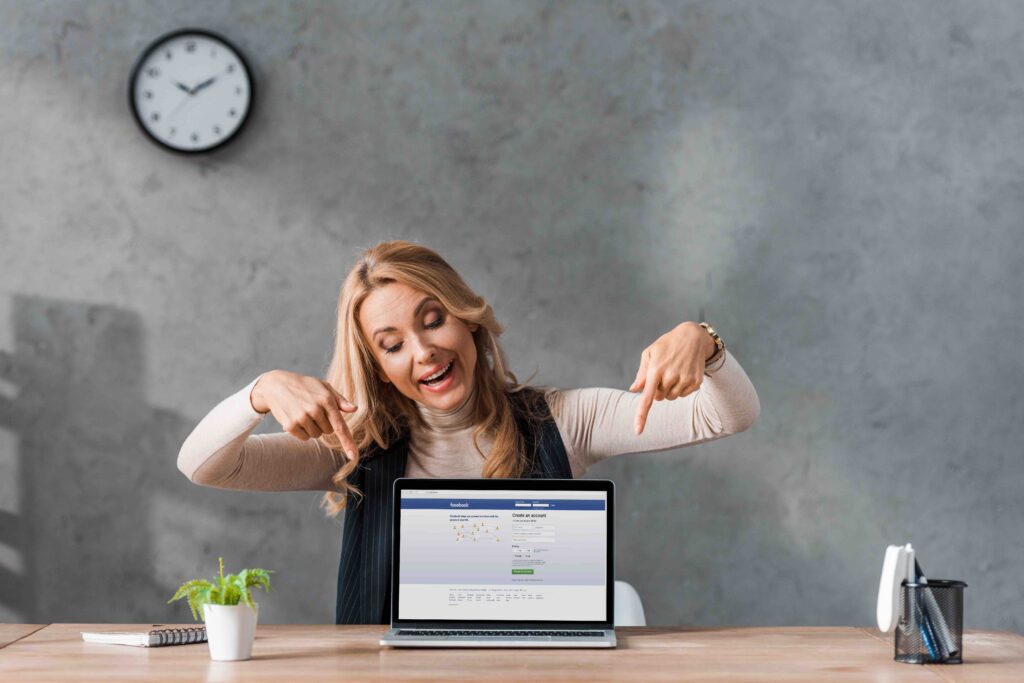
So there you go! We hope that our list of Meta Ads Terminology has helped you to better understand some of the terms we use when you receive your reports and chat with our team!
Just remember that your SBIM team is always here to help and there are no silly questions!


